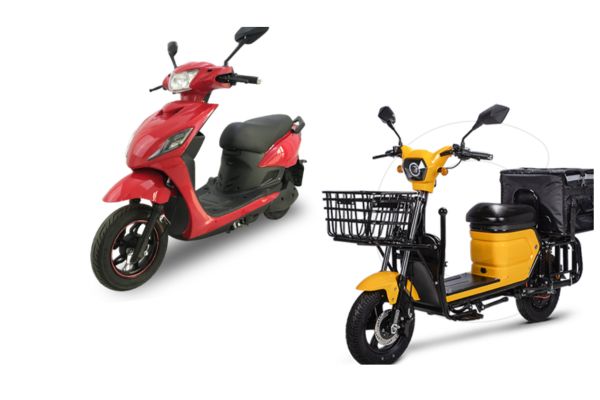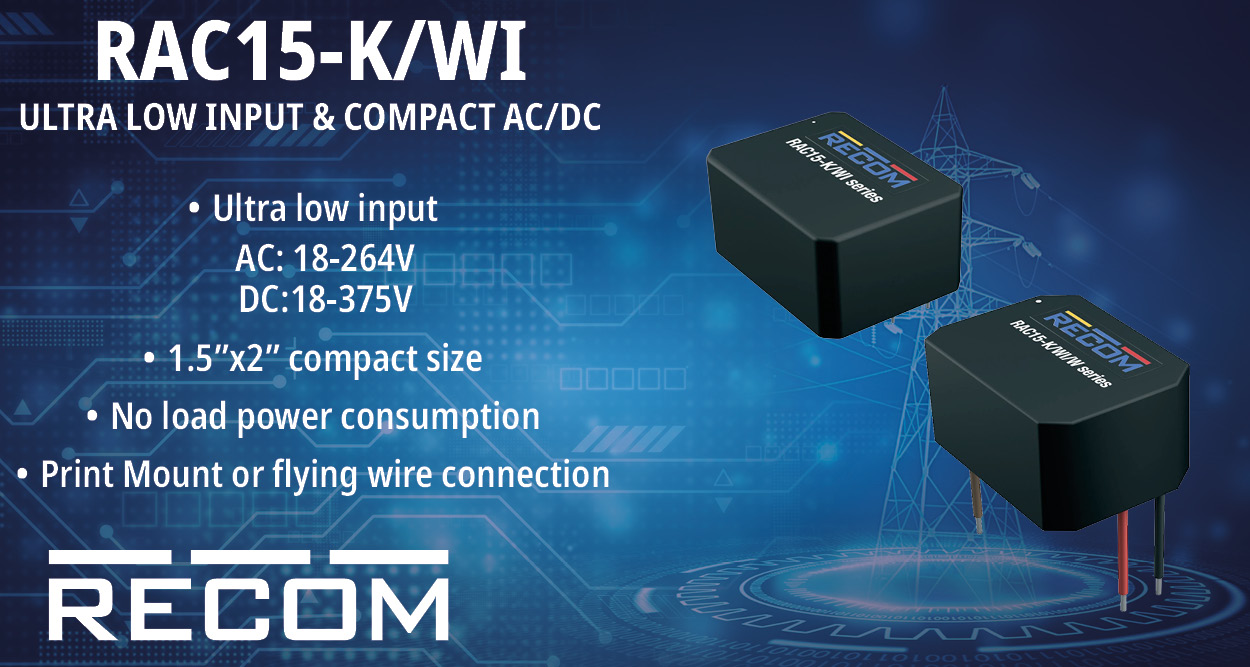India stands at the crossroads of a major mobility transformation. With over 21 crore two-wheelers currently on the roads, the demand for efficient, clean, and cost-effective transportation has never been higher. As of 2024, electric two-wheeler sales in India reached a record 9.4 lakh units, growing over 30% year-on-year, according to data from the Federation of Automobile Dealers Associations (FADA). This surge is not just a response to rising fuel prices or environmental concerns—it marks a structural shift in the country’s mobility paradigm.
At the heart of this shift is the movement to design and manufacture electric two-wheelers locally—“Made in India, Built for India.” It’s a slogan that resonates deeply with the aspirations of a self-reliant India, but beyond the sentiment, it reflects a bold and pragmatic approach to making EV adoption scalable, sustainable, and inclusive.
The Benefits: Local Manufacturing, National Impact
One of the foremost benefits of local manufacturing is cost efficiency. Importing critical components like battery cells, motors, and electronic controllers significantly increases the final cost of the vehicle. By localizing production, manufacturers can reduce costs by up to 20-25%, making electric two-wheelers far more affordable to the average Indian consumer. In a country where price sensitivity drives consumer choices, this can dramatically accelerate EV penetration.
Furthermore, domestic manufacturing is a job multiplier. From R&D labs to assembly lines, and from software development for battery management systems to maintenance and service ecosystems, local production can generate lakhs of direct and indirect employment opportunities. India’s youthful and semi-skilled workforce is ideally positioned to benefit from this boom.
Designing for India also ensures that the products are relevant to Indian conditions. Unlike imported models, indigenous electric scooters and bikes can be tailored for varied climatic conditions, rugged road infrastructure, and heavy load usage. Features like enhanced suspension, water-resistance, and advanced thermal management systems give locally designed e-two-wheelers a functional edge.
Government policy support plays a crucial role as well. Initiatives like the FAME II scheme, which has been extended till March 2025, and the Production Linked Incentive (PLI) scheme for Advanced Chemistry Cells, are helping reduce costs and incentivize local innovation. Moreover, state-specific subsidies in Maharashtra, Delhi, and Tamil Nadu are further catalyzing growth.
The Challenges: Scaling With Speed and Substance
Despite the momentum, several structural challenges could slow down progress. Chief among them is the dependency on imported battery components. Currently, India imports nearly 70% of its lithium-ion cells from China, South Korea, and Japan. This dependency exposes manufacturers to price volatility, geopolitical risks, and supply chain disruptions.
Establishing a robust domestic battery ecosystem—from raw material sourcing to cell manufacturing—remains a crucial, long-term goal. While investments are beginning to flow into giga-factories and recycling technologies, the ecosystem is still in its infancy.
Research and Development (R&D) is another critical area. To stay competitive with global EV leaders, India needs to invest in deep-tech innovation—covering power electronics, energy storage, lightweight materials, and AI-powered diagnostics. However, access to venture capital for hardware-intensive startups remains limited, especially compared to the software sector.
Additionally, the charging infrastructure is still underdeveloped, particularly outside tier-1 cities. While two-wheelers require smaller, more flexible charging solutions than cars, the lack of standardized and reliable charging options in smaller towns and rural areas creates significant adoption friction.
Finally, the rapid proliferation of e-two-wheeler startups has led to concerns over product quality and safety. Recent incidents involving battery fires and product recalls underscore the importance of stringent quality control, testing, and regulatory oversight. Without robust standards and certification protocols, consumer confidence could erode.
The Road Ahead
The path to locally developed electric two-wheelers is filled with both promise and complexity. But if India can align its industrial strategy, policy framework, and innovation ecosystem effectively, it can turn these challenges into stepping stones. By 2030, electric two-wheelers are projected to account for over 75% of all new two-wheeler sales in India, and local manufacturing will be at the heart of this revolution.
“Made in India, Built for India” is not just a patriotic tagline—it’s the foundation for a resilient, green, and inclusive mobility future. With strategic investments, collaborative innovation, and policy continuity, India has the opportunity to not just catch up but lead the global electric mobility movement—on two wheels and beyond.

article is attributed to Hari Kiran, Co-Founder & COO, eBikeGo

















